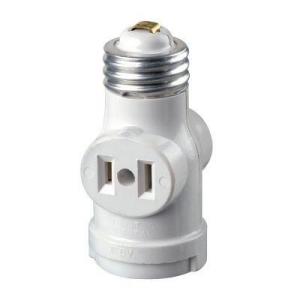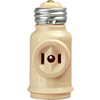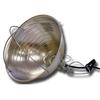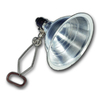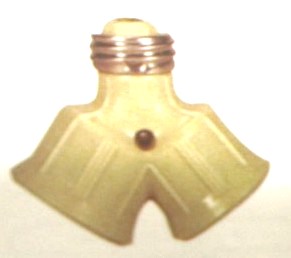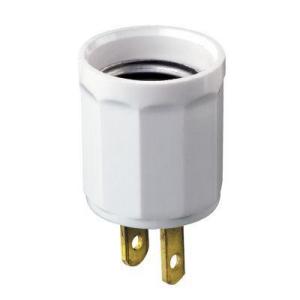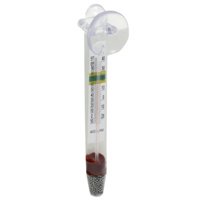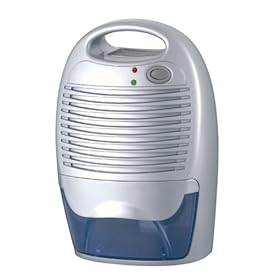It is much easier to heat a cool room in winter, than it is to cool a warm room in the summer.
Here are some tips and tricks for controlling reservoir temps.
First, insulating your res really helps stabilize the temps. Wrap mylar or insulation around it.
I used to put blue ice bags in the res if the temps started to rise, but I can no longer recommend putting ice in the root zone. During my last grow I did this, and the plant closest to where I put the ice definitely didn't like it; it ended up stunted and there was a bald spot in the root zone where the ice went. And as the root mass grows there's generally not enough room to stick ice bottles in the res anyways.
If you want to use ice to cool the res you might want to try the following ideas:
I rigged some quart and half-gallon jugs using drip line and a drip-line shut-off valve. What I do is freeze them overnight and then stick the line in a hole on top of the res in the morning This serves a few purposes: 1) provides a slow flow of cold water to the res throughout the day, so the roots aren't shocked by a rapid change in temperature; 2) keeps the res topped off; and 3) serves as a ghetto A/C for the grow area. The main disadvantage is condensation; I have to keep a rag under the jug to soak up water.
I built a semi-recirculating DWC for my latest grow - a separate res allows you to easily do maintenance without disturbing the plant reservoirs; 2) I'm planning on doing a ScrOG - once the plants are in the screen lifting the lids becomes problematic; 4) more water means that things like temperature, ph, and nutrient concentration are more stable; and 3) if I need to cool the reservoirs I can put ice in the shared res without worrying about the roots. The main disadvantages are complexity, size of system, and more nute usage.
Some other ideas:
1. Put your air pump in a cool area. It seems like most people put their pump on top of the reservoir under the lights. If it is hot where you put the pump, then you're going to be pumping hot air into the res. I try to put mine outside the grow area if possible, or as close to the inlet as possible.
2. Direct some airflow from the inlet over the res using a fan.
3. If you use a humidifier like what Roseman recommends try directing the air from the outlet over the res using a fan. Acts kind of like a swamp cooler; I've found it lowers the temp over my res by about 5 degrees.
4. Running a water pump continuously in the res will cause the temps to rise. I think I have a good idea how the stealth hydro system works, for instance, and I can certainly see the advantages of it during the early stages of growth. However, once the roots are in the water I'm not sure if running the pump continuously is necessary after the roots are deep in the water. I put the pump on a timer and run it kind of like an ebb and flow once the roots are in the water - like for 10 minutes 5 times a day.
Of course, like Roseman says, the best way is to keep your room temp down if you can. 75* is out of the question for me, it costs too much to keep my A/C running all day at 70 degrees, especially since no one's home anyways. I keep my A/C at 80, and my grow room at 85.
Contribured by Dystopia, from RIU, and edited for content.







